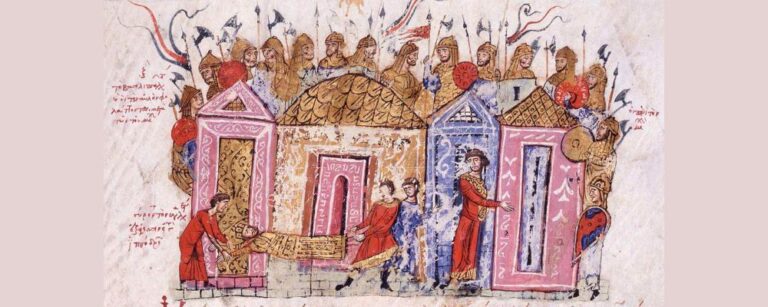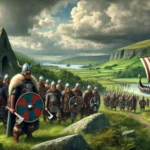
The Varangian Guard was an elite unit of the Byzantine Army, serving as personal bodyguards to the Byzantine Emperors from the 10th to the 14th century.
They were called Varangians, which was a Byzantine term for people from the Viking region because they were mainly recruited from Vikings from Scandinavia traveling in the Baltic region, though they were later joined by many Anglo-Saxons.
Read on to learn more about this fascinating and terrifying fighting force !
The Vikings in Eastern Europe
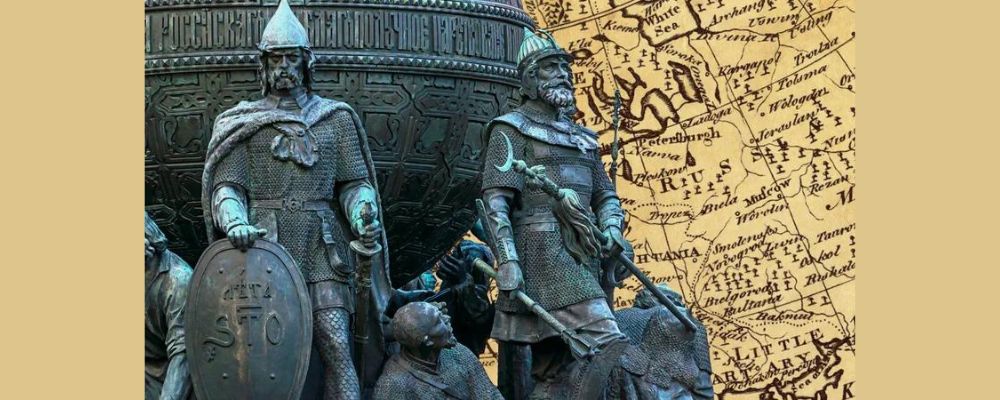
The Vikings were great travelers, raiding and trading around much of the northern hemisphere. While we know much about the Vikings in the West, thanks to the exploits of the likes of Ragnar Lothbrok, the movement of the Vikings in the East is less well known.
Vikings from what is now Sweden were principally interested in the East. One of the most significant routes that they established through the rich lands of the East was the Volga trade route, which ran from Svealand in Sweden to Muslim territories in the Middle East, including Baghdad.
The Vikings exported items like furs, wax, honey, and slaves while importing silver, spices, textiles, fruits, wine, and jewelry. A substantial amount of Muslim silver has been found in Scandinavia.
The Vikings established outposts and communities along this route, and from here, the Vikings would travel southward along various river systems into Byzantine territories.
The Vikings in this area were also important in the establishment of the Kievan Rus, an empire centered around Kiev.
The history of this kingdom is recorded in the Tale of Bygone Years, which was written in the 12th century.
Creation of the Varangian Guard
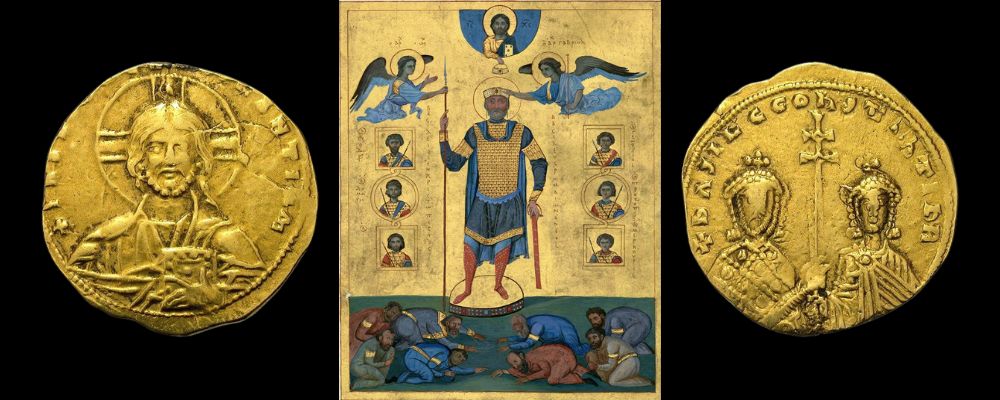
Throughout its history, the Byzantine Empire frequently hired mercenaries to supplement its regular troops. Foreign mercenaries often had no local political ties or ambitions in Byzantine politics, making them valuable assets for emperors wary of internal power struggles or coups.
Vikings were probably sporadically recruited by the Byzantines since they arrived in the East in around the 8th century.
The Varangian Guard’s formation as a distinct unit is often attributed to Emperor Basil II. In the late 980s, Basil II faced significant internal challenges to his rule, particularly from the powerful and rebellious Bardas Phokas.
According to historical accounts, Basil II requested military aid from Vladimir I of Kiev. In exchange for this aid, Vladimir sought a marriage alliance, leading to his marriage to Basil’s sister, Anna.
The Norse warriors that Vladimir sent to support Basil are believed to have been instrumental in the formation of the Varangian Guard.

Initially, the Varangian Guard’s main purpose was to serve as the personal bodyguards of the emperor. Given their foreign origins, they had no local political affiliations in Constantinople, ensuring their loyalty to the emperor.
Their reputation grew rapidly, and they became known not only for their loyalty but also for their formidable combat prowess.
arangians were equipped with heavy axes (often associated with the “Dane axe”), swords, and shields.
Famous Viking Members of the Varangian Guard

While many Vikings and Norsemen served in the Varangian Guard, only a few are noted in historical sources with specific ties to this elite Byzantine unit.
Perhaps the most famous Viking associated with the Varangian Guard is Harald Hardrada. Before becoming the King of Norway, Harald spent many years in the service of the Byzantine Empire.
From the 1030s to the 1040s, he served the emperors in various capacities, including as a member of the Varangian Guard.
Harald’s adventures in the east, which included campaigns in the Mediterranean and even as far as Jerusalem, added to his wealth and reputation.
He later returned to Scandinavia and eventually launched an unsuccessful invasion of England in 1066, where he died at the Battle of Stamford Bridge.
Learn more about Harald Hardrada.
While specific names might not always be preserved, various sagas and chronicles mention Norse leaders or nobles who ventured to Byzantium and likely served as part of the Varangian Guard.
Their adventures in the Byzantine realm became a part of Norse storytelling and cultural memory.
Decline of the Varangians
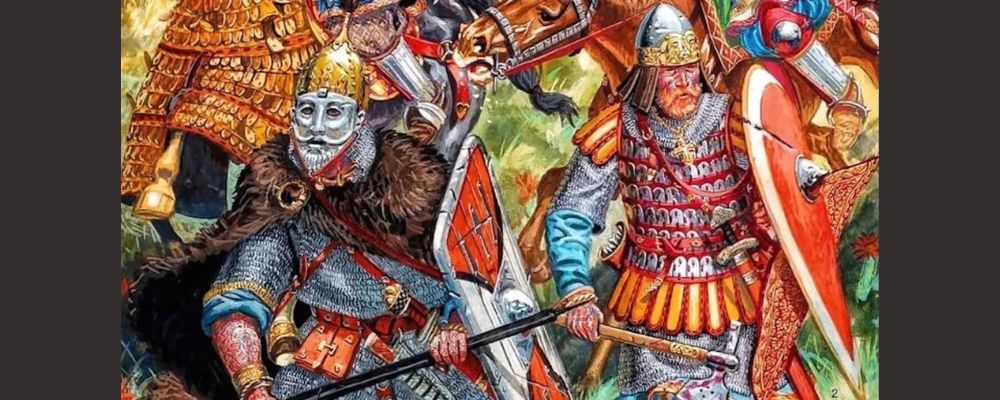
The composition of the Varangian guard started to change after 1066 and the Norman invasion of England, with many Anglo-Saxons heading East to find their fortunes and eventually joining the guard.
The importance and prominence of the Varangian Guard waned by the 13th century, especially after the Fourth Crusade in 1204, which led to the sack of Constantinople.
By the 14th century, the Guard had largely disappeared or was assimilated into other units of the Byzantine Army.
The Varangian Guard, as a significant military unit composed primarily of Norsemen (and later Anglo-Saxons), served as a bridge between the cultures of the Viking North and the Byzantine Empire.
This interaction had multifaceted effects on both Viking and Byzantine cultures:
Influence of the Varangians on Viking Culture
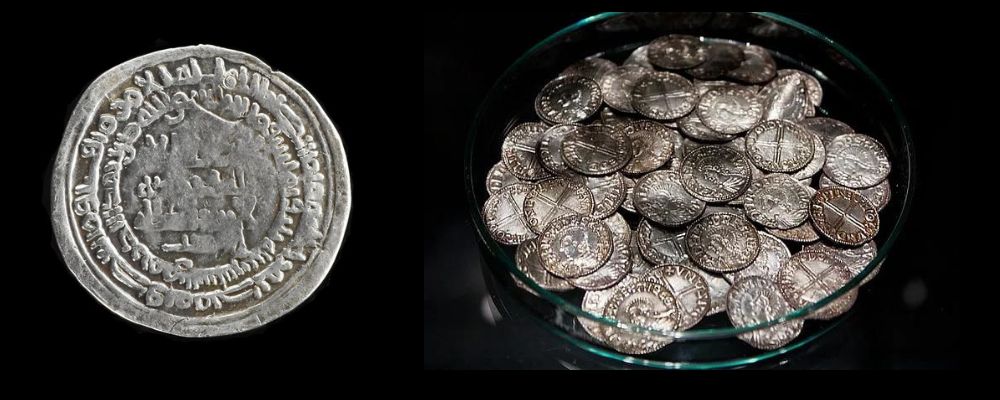
Service in the Varangian Guard was profitable. The members of this elite unit were often handsomely rewarded, and many returned to their homelands with considerable wealth.
This influx of Byzantine riches, particularly coins, into Scandinavia has been confirmed by archaeological findings of hoards containing Byzantine silver.
The returning Vikings also brought goods and crafts that brought Byzantine artistic and crafting influences into Viking art. Norse artifacts from this period sometimes display a mix of traditional Norse and Byzantine motifs.
The adventures of Norsemen in the Byzantine Empire became subjects of tales and sagas and became a recognized motif in storytelling.
While the Christianization of Scandinavia cannot be directly attributed to the Varangian Guard, the exposure of Norsemen to Orthodox Christianity in Byzantium might have contributed to their familiarity with Christian practices and beliefs.
Influence of the Varangians on Byzantine Culture
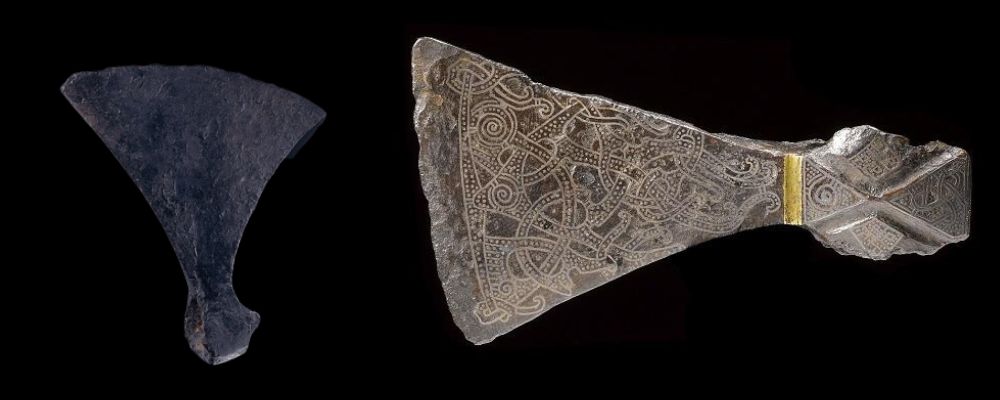
The Varangians, coming from a different martial tradition, brought with them unique weapons (like the Dane Axe) and combat techniques. Over time, some of these might have been integrated into Byzantine military practices.
The presence of Norsemen in Constantinople, the heart of the Byzantine Empire, facilitated a two-way cultural exchange.
While the Varangians adopted Byzantine customs, they also introduced Norse customs, traditions, and stories to the Byzantines.
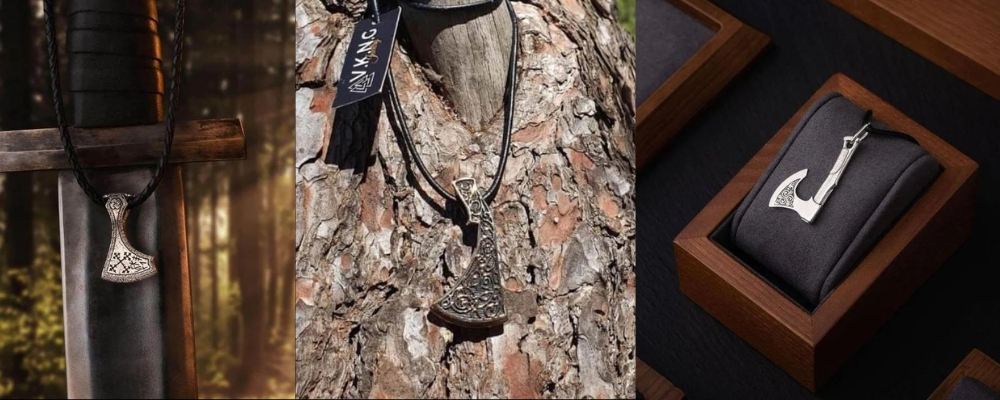
The formation and continued service of the Varangian Guard strengthened diplomatic ties between the Byzantine Empire and the Norse kingdoms.
This facilitated further trade, alliance-building, and diplomatic interactions.
Borders and Customs
We often talk about historic peoples in terms of distinct land borders and distinct time periods, but these are just useful tools to create slices of history and culture that we can meaningfully discuss.
In reality, there was a lot of exchange between different cultures, and this is often where the most interesting things happen and develop.

